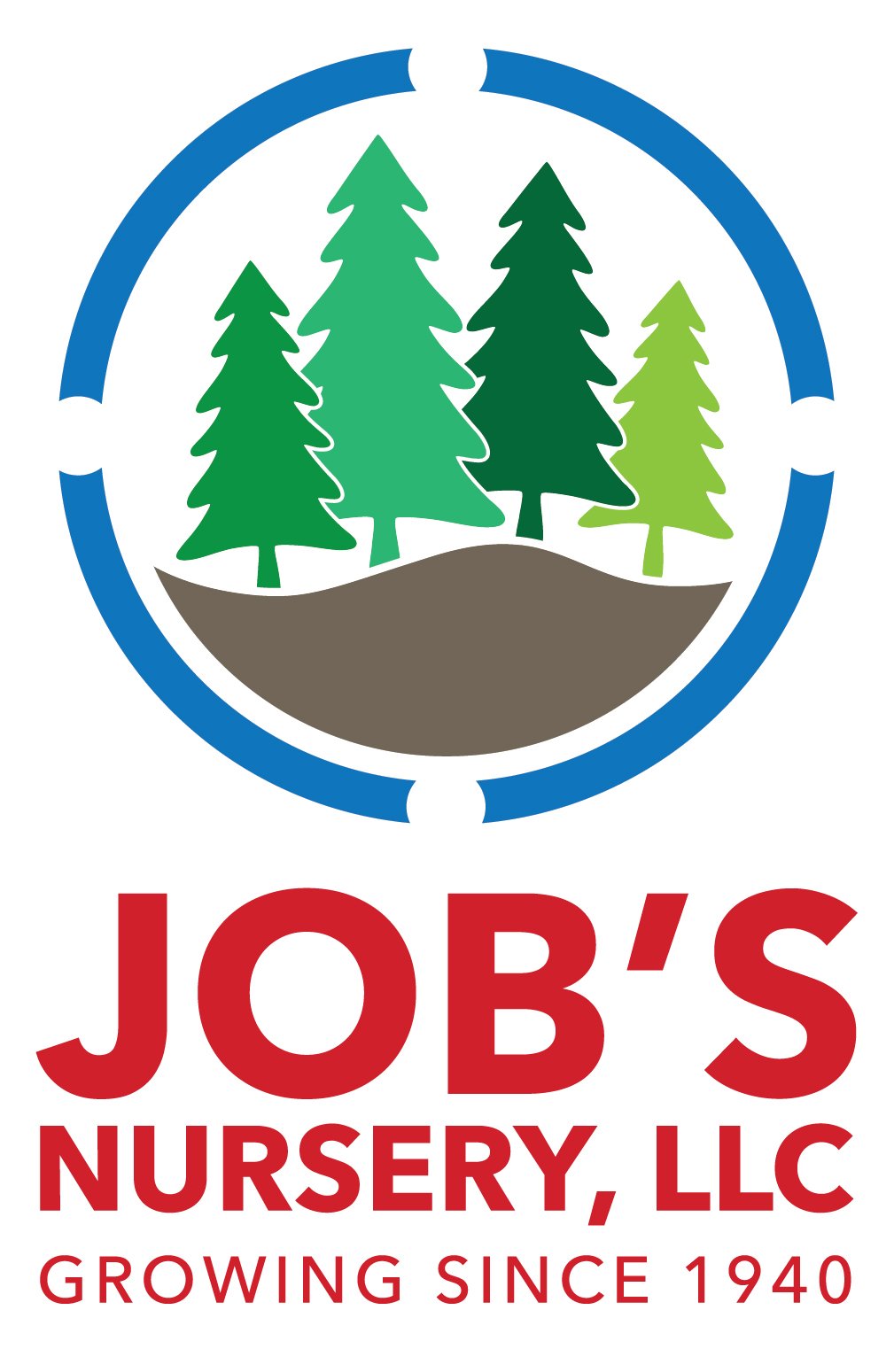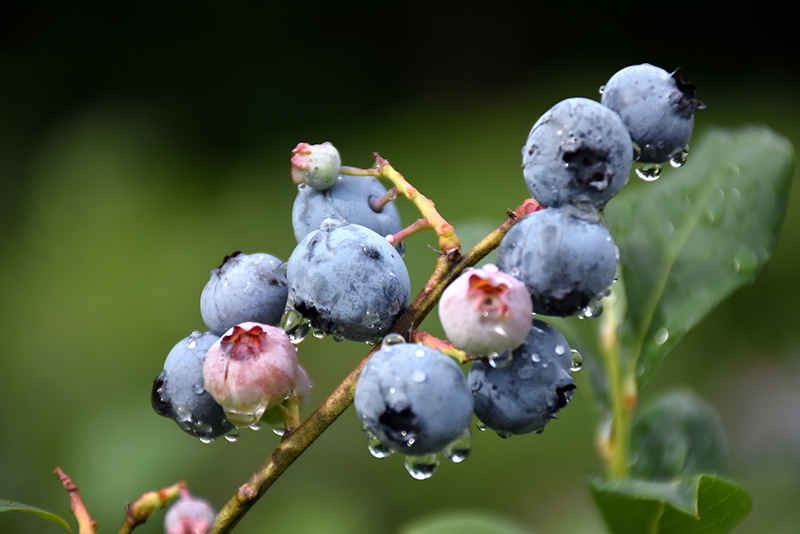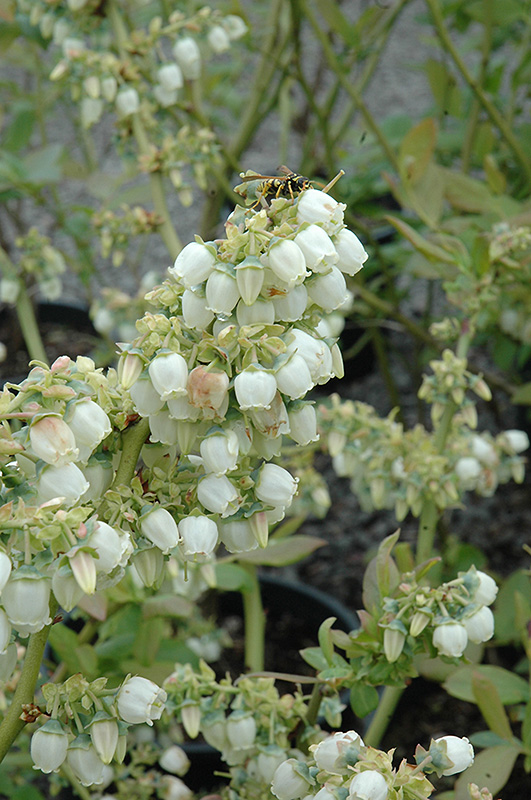Blueberry, Blueray Vaccinium corymbosum 'Blueray' Height: 5 feet Spread: 5 feet
Sunlight:
Hardiness Zone: 4a Other Names: Blue Ray Blueberry Group/Class: Highbush Blueberry Description: A popular shrub for its abundance of large dusty blue fruit in summer, pretty pink bell-shaped flowers and good fall color, bushy and upright growing; blueberries need highly acidic soil, good drainage and mulch, plant with acid soil amendment Edible Qualities Blueberry, Blueray is a medium-sized shrub that is typically grown for its edible qualities. It produces clusters of blue round berries which are usually ready for picking from early to mid summer. The berries have a sweet taste and a juicy texture. The berries are most often used in the following ways: Features & Attributes Blueberry, Blueray features dainty clusters of shell pink bell-shaped flowers with pink overtones hanging below the branches in mid spring. It has green deciduous foliage. The glossy oval leaves turn an outstanding purple in the fall. It features an abundance of magnificent blue berries from early to mid summer. The smooth brick red bark adds an interesting dimension to the landscape. This is a multi-stemmed deciduous shrub with a more or less rounded form. Its average texture blends into the landscape, but can be balanced by one or two finer or coarser trees or shrubs for an effective composition. This is a relatively low maintenance plant. Each spring, cut back all dead and two-year old canes to the ground, leaving only last year's growth standing. It is a good choice for attracting birds to your yard. It has no significant negative characteristics. Aside from its primary use as an edible, Blueberry, Blueray is sutiable for the following landscape applications; Planting & Growing Blueberry, Blueray will grow to be about 5 feet tall at maturity, with a spread of 5 feet. It tends to be a little leggy, with a typical clearance of 1 foot from the ground, and is suitable for planting under power lines. It grows at a medium rate, and under ideal conditions can be expected to live for approximately 30 years. This variety requires a different selection of the same species growing nearby in order to set fruit. This shrub is typically grown in a designated area of the yard because of its mature size and spread. It should be grown in a location with partial shade and which is shaded from the hot afternoon sun. It does best in average to evenly moist conditions, but will not tolerate standing water. This plant should be periodically fertilized throughout the active growing season with a specially-formulated acidic fertilizer. It is very fussy about its soil conditions and must have sandy, acidic soils to ensure success, and is subject to chlorosis (yellowing) of the foliage in alkaline soils. It is quite intolerant of urban pollution, therefore inner city or urban streetside plantings are best avoided, and will benefit from being planted in a relatively sheltered location. Consider applying a thick mulch around the root zone in winter to protect it in exposed locations or colder microclimates. This is a selection of a native North American species. Special Attributes In the Pacific Northwest Desert blueberry plants prefer afternoon shade, the berries are sweeter too.![]()
![]()
![]()
![]()
![]()
![]()
![]()
![]()
![]()
![]()
![]()
![]()


